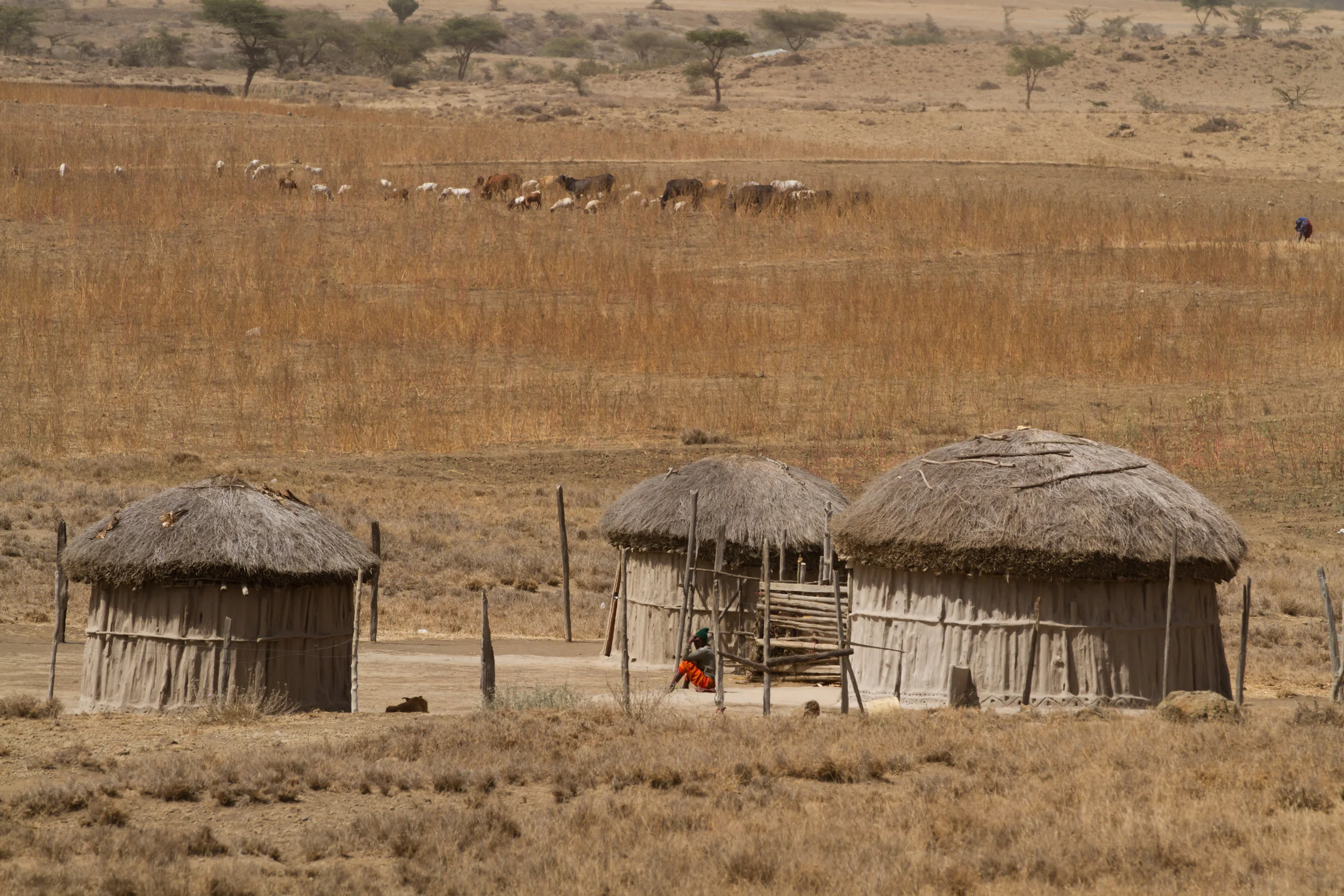Sub saharan africa
east africa
The savannahs of East Africa boast a globally important wildlife landscape filled with some of the most iconic megafauna on the planet. Savannah elephants, critically endangered black rhinos, lion prides, and migratory wildebeest are some of the key species that live among, and sometimes in conflict with, local communities.
Fragmentation, subdivision and degradation of land, and loss of critical habitat connectivity are the biggest long-term threats to wildlife in East Africa, though populations also continue to suffer greatly from poaching and the illegal wildlife trade. Additionally, both wildlife and rapidly growing human populations are impacted by drought, competition for grazing land, and increased conflict as an already crowded landscape is taxed with ever greater numbers of wildlife, humans, and livestock.
The Foundation was formed during a wildlife safari to East Africa in 1987. Since then, it has invested in conservation initiatives, seeking solutions that benefit both people and nature. In partnership with a strong NGO network, local communities, and government agencies, the Foundation invests in wildlife population monitoring, development and implementation of effective management plans, advocacy, training, law enforcement, and other strategies to protect key wildlife habitats, species and people.





